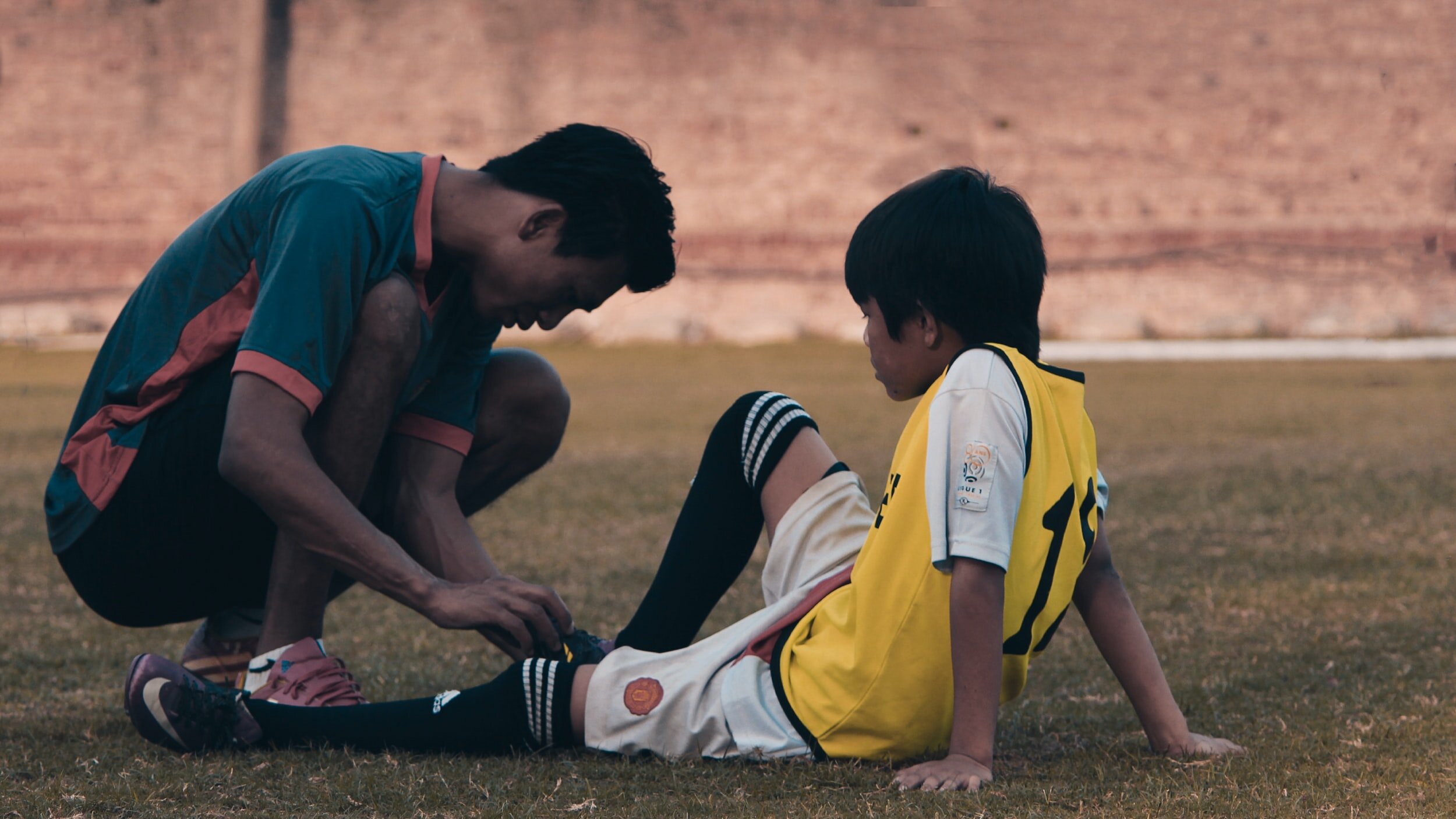What is Sciatica?
Sciatica is usually used to describe pain that travels along the path of the sciatic nerve. This nerve comes from your lower back, travels through your hips and buttocks and down each leg. IT is a common term used for lumbar radiculopathy, which refers to abnormal sensory and motor functioning in the leg commonly a result of instability in the lower back.
Symptoms
When the sciatic nerve gets irritated upon its exit from the spine it can result in abnormal sensory responses like numbness, tingling, burning, achy or sharp shooting pain. You can also experience abnormal motor output like weakness, fatigue, spasms, or tension in your leg/legs. Typically it only affects one side of your body.
Causes
This injury can affect people of any fitness level or age. The causes are multifaceted but usually relate back to the inability to control your core during movement. We will teach you how to engage the glutes during walking, stairs and exercise to ensure a stable core and help to resolve and prevent sciatic nerve pain.
Treatment
Through retraining of proper movement patterns we are able to increase the stability of the lumbar spine and prevent further irritation of the nerves. We address safe exercise, postural assessment and reeducation, as well, as good body mechanics. Over time we look for the symptoms in the legs to centralize to the low back and then fully dissipate. Our main goal is to teach you why this is happening, teach you how to recover and prevent it moving forward.














